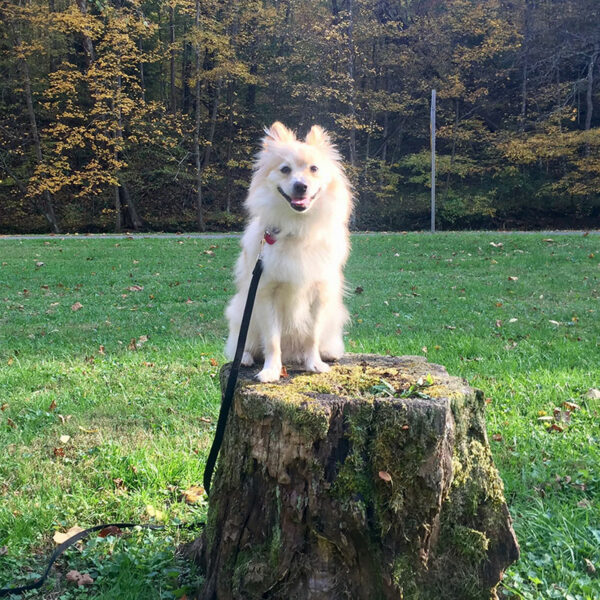Prerequisites: Training 201
This program is the progression of work from the Training 201 program for everyone with dogs that are 9 months and older.
This course covers:
- Phase 2: Place
- Phase 2: Leave it
- Phase 2: Controlled walking
- Phase 2: Down
- Phase 2: Come
- Phase 1: Temporary and permanent boundaries
- Greater distance with long line use
- More variability and progression in distraction work and proofing
- Intro of remote training collar
Cost: $395

Frequently Asked Questions
- Phase 2: Place – The sending skill is improved for greater distance and under heavier distraction. Additional, sending commands will be added at this point (e.g.: “bed”, “car”, “upstairs” etc.)
- Phase 2: Leave it – This command is proofed with greater distraction objects and at greater distance. Dogs will be expected to “leave objects alone” for longer periods of time with greater challenge and change in that object of distraction.
- Phase 2: Controlled walking – This skill is progressed in higher distraction environments, and with higher level objects of distractions in closer quarters.
- Phase 1: Down – The down is progressed in time, distraction level and distance from where the command is given.
- Phase 1: Come – The recall if proofed under heavier distraction and distance. Dogs learn to respond to the “come: command while running towards a distraction.
- Boundaries: We teach dogs to respect permanent (car door and front door) boundaries without any command having to be given. We also teach temporary boundaries on command.
- Introduction of a remote training collar: We introduce remote collar training as an overlay to our long line work.
- Introduction to using a place board in training
Sean teaches a relationship-based method that doesn’t rely on food as a primary training tool. The method of training relies on social cues, reading your dog’s body language, and social reward in training. The method relies on accurate positive reinforcement of what we do want and guidance, direction and correction with a leash following Sean’s “minimum threshold of effective communication” principle.
With some dogs, particularly dogs that have not had the advantage of any puppy training or socialization, may need remedial “puppy-like” introductions to the most basic of exercises. When this is required, we will revert to our puppy training methodology that relies more heavily on food during introduction stages.
What training equipment is needed?
- 6-foot leash
- Training collar
- 6-inch training tab for indoor use
- Longer long line
- Remote training collar
- Place board
No. Off leash obedience is achieved in our 401 program. The progression towards that. Our steps towards off leash work are as follows:
Training 101: Relationship and foundation
Training 201: Core Obedience – On leash, dropped leash and long line progressions in obedience work.
Training 301: Intermediate Obedience – Greater distance work with long line, more complex tasks like permanent and temporary boundary work, and introduction to a remote training collar. Additionally, this program requires more extensive proofing in higher distraction environments.
Training 401: Advanced obedience – Transition to from long line to off-leash, remote training collar work. Proofing under heavy distractions. Obedience commands from distance.
